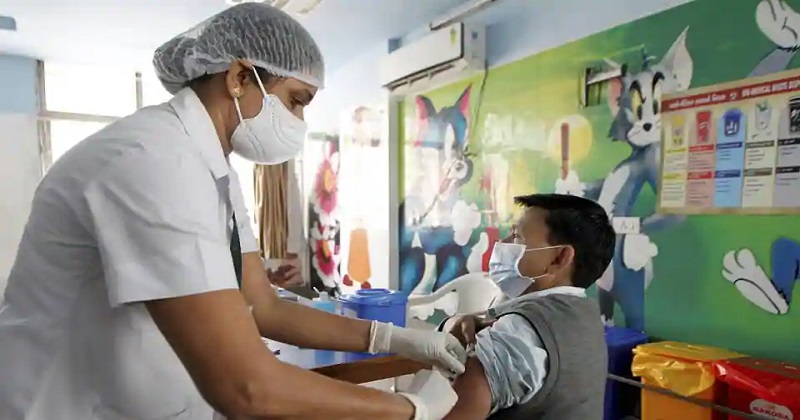
Today, DGCA announced the guidelines for the transportation of the COVID-18 vaccines by airline and airport operators. Also, the Centre has directed the airlines to pack the vaccine in the packets of dry ice.
The circular released by DGCA read, “Carriage of Covid-19 vaccines from the manufacturing units to the place of administration gains significant importance especially in the light of the high expectations of the government(s), health care personnel and the general public. It is needless to say that amongst the various modes of transport, air transport is the most efficient option. Hence, it is imperative that air logistics provide a well-defined procedure that meets the global safety standards and requirements based on local conditions.”
It added, “Non-scheduled operators, including aircraft engaged in general aviation that are required to participate in the carriage of Covid-19 vaccines packed in dry ice, shall seek specific approval before commencing such operations. Compliance with ICAO Doc 9284 (Technical Instructions for the Safe Transport of Dangerous Goods by Air) is the responsibility of each operator.”
The circular further noted, “Though there may be different refrigerant options, use of dry ice (Carbon Dioxide Solid) is the most commonly used, affordable and readily available refrigerant material available in the country for transportation of perishables by air. Dry ice continually sublimates (dry ice that is solid, transforms into carbon dioxide gas (COz)) at temperatures higher than -78°C (-108.4O F)) under normal atmospheric pressure. At reduced pressures, the sublimation rate of dry ice will increase while all other factors being the same.” It also added, “This maximum quantity shall be based on the aircraft manufacturers’ information on maximum recommended dry ice quantities that the aircraft ventilation can support, depending on the sublimation rate and also the requirement of the operators’ Safety Management Systems.”

Post Your Comments